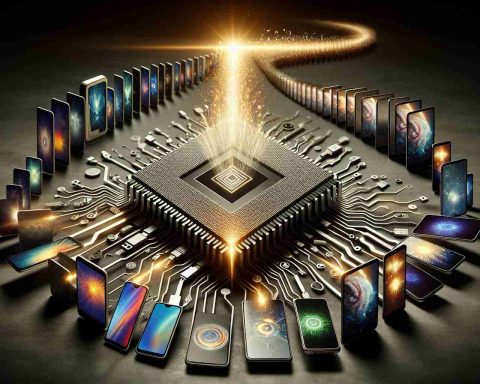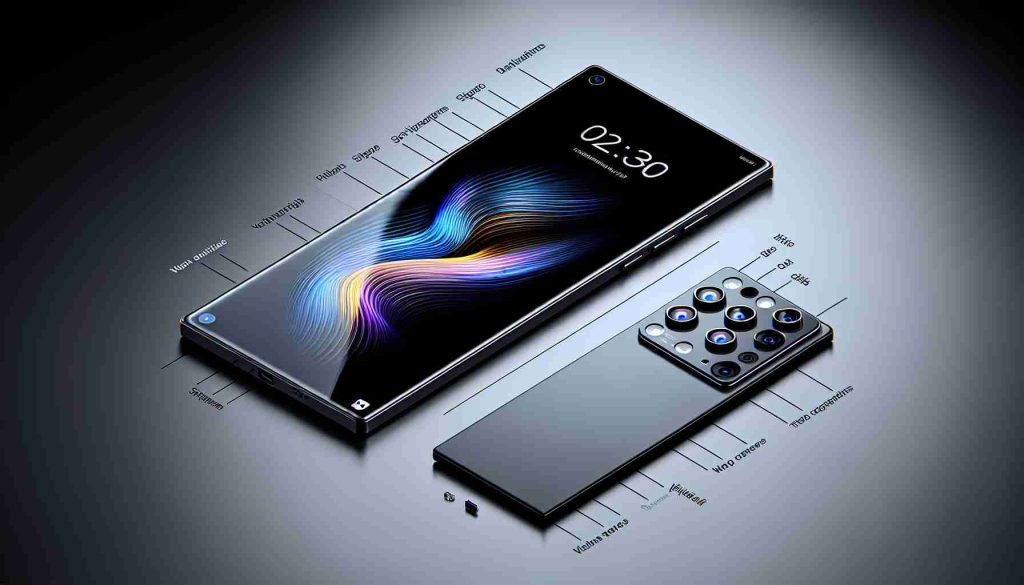In an era when environmental impact is a growing concern within the technology sector, Nokia is making waves with its pioneering approach to sustainable smartphone design. Announced at a recent tech summit, the concept of “circular phones” could very well redefine the future of mobile devices.
Nokia’s visionary move focuses on a circular economy model, which emphasizes reusability, minimal waste, and responsible resource usage. The strategy is encapsulated in their latest prototype, designed with easily replaceable parts, prolonged lifecycles, and modular components, allowing users to upgrade and repair devices seamlessly without replacing the entire handset.
HMD Global, the home of Nokia phones, is taking aggressive strides to ensure that their upcoming releases align with environmental sustainability and consumer reliability. This endeavor not only aims to preserve natural resources but also promises to lower the overall cost of ownership for users.
Analysts speculate that this strategic shift could set a precedent for the wider smartphone industry, which has traditionally been characterized by rapid obsolescence and disposable models. By demonstrating that innovation can harmoniously coexist with ecological responsibility, Nokia is poised to become a leader in shaping a greener, more sustainable tech landscape.
As anticipation builds, tech enthusiasts and eco-conscious consumers alike eagerly await further announcements. Nokia’s circular phones could indeed be a game-changer, heralding a new era where technological progress does not come at the expense of the planet.
Could Circular Phones Transform the Global E-Waste Crisis?
Nokia’s innovative “circular phones” concept pushes beyond environmental sustainability by addressing a critical global issue: electronic waste (e-waste). With the average smartphone user replacing their device every 2-3 years, millions of phones end up discarded annually, contributing to a growing environmental crisis. In 2022 alone, e-waste quadrupled compared to a decade earlier, raising pressing questions about our tech consumption habits.
The modular and repairable nature of Nokia’s prototype not only curbs waste but also democratizes phone maintenance. Now, users may no longer need to rely heavily on expensive repair services or specialized skills to extend a device’s life. This could be a paradigm shift, especially in developing countries where access to affordable technology is vital for education and economic growth.
Yet, challenges remain. The adaptation of circular phones might face initial resistance from consumers conditioned to see smartphones as disposable or status symbols. Moreover, current corporate giants in the tech industry may be reluctant to forego profitable frequent-release models. This raises a crucial inquiry: Can sustainability and profit coexist harmoniously in the tech world?
Significant advantages of Nokia’s approach include reduced carbon footprints and lower long-term costs for consumers. However, skepticism lingers on whether the technological advancements may meet the performance standards set by leading brands.
As Nokia sets an ambitious course, its success could depend on industry-wide collaboration and customer acceptance. Will other tech giants follow suit in adopting a sustainable approach, or should Nokia brace for an uphill battle?
For further information, visit: Nokia























